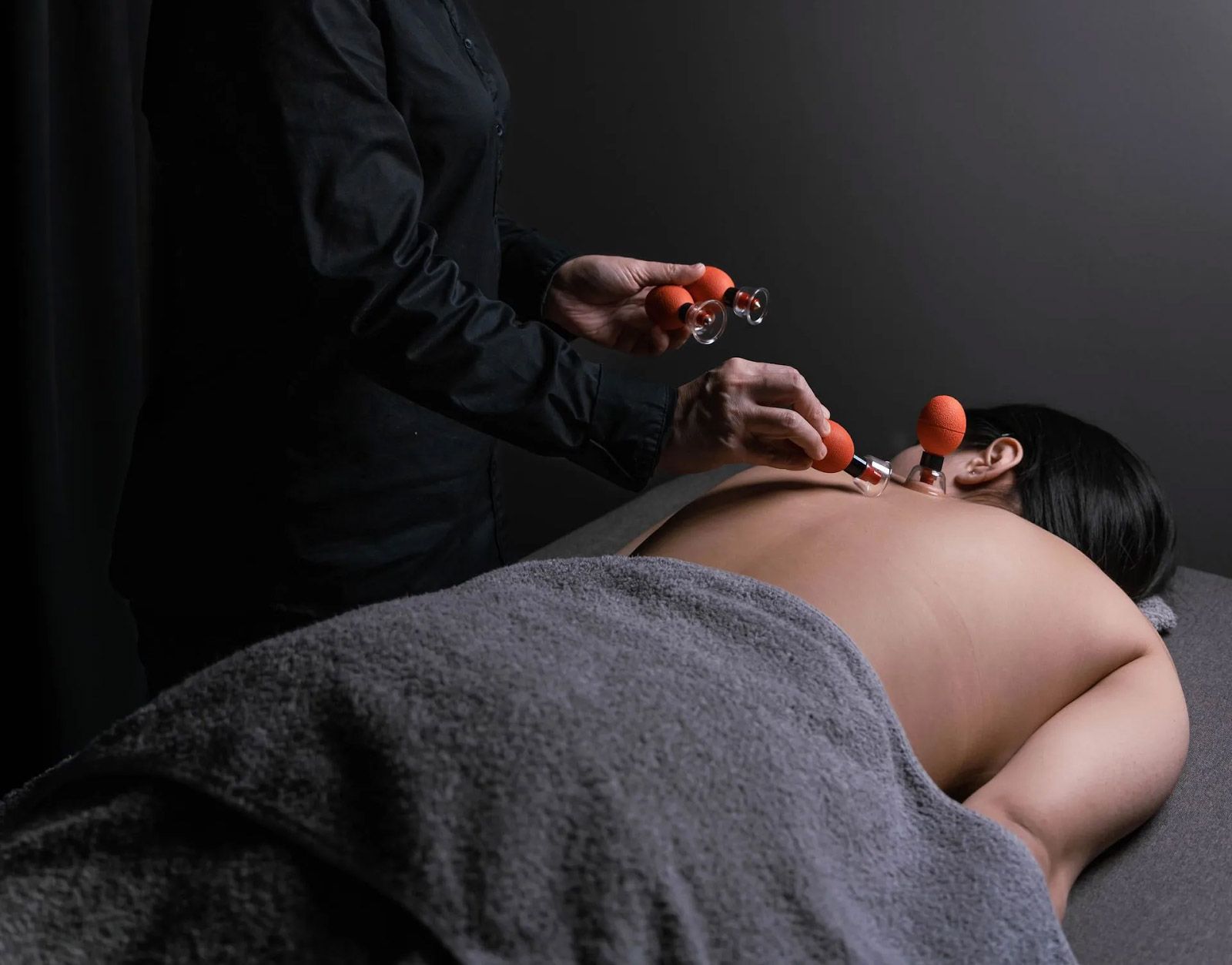How To Eat CNY Goodies While Watching Your Weight
We know how hard it is to stop at one pineapple tart.

If you made a New Year’s Resolution to lose weight, we wouldn’t blame you if you felt a little worried that Chinese New Year is just around the corner. Any progress that you’ve made in getting rid of excess kilos will be at stake once the celebrations begin, starting with reunion dinner on 4 February.
Overeating during the festive season is really common, and statistics back this up. According to a 2012 survey by Taiwan’s Health Promotion Administration, people overeat by almost 40 per cent during Chinese New Year.
Let’s put this into perspective. Using the Calorie Calculator by the Health Promotion Board (HPB), the average Singaporean woman – who has a sedentary lifestyle and does moderate physical activities like brisk walking – requires about 1,500 calories daily. To overeat by 40 per cent, she’d have to consume 600 more calories.
Believe it or not, it’s so easy to do that during Chinese New Year as the food we indulge in is calorific. Take bak kwa, for example. Just one slice of barbecued pork has a whooping 370 calories (based on the Healthy 365 app by HPB).
Given that celebrations last for several days at least, that’s a whole lot of extra calories. It’s no surprise that the same survey referenced earlier found that nearly 45 per cent of people gain an average of 1.7kg during Chinese New Year.
But not all is lost. You can enjoy the festivities without overstuffing yourself like a dumpling. It comes down to making smart choices and simple substitutions. Read on for tips on how to reduce the calorie count for popular and delicious Chinese New Year foods, plus ideas on how to burn off those calories.
1. Bak Kwa
Damage: One slice of bak kwa (94g) contains 370 calories and 43g of sugar.
Our advice? While we think it’s #worththecalories, consider sharing a slice with a friend or family member to halve the calories to 185, or be prepared to exercise to work it off. You’ll need to brisk walk for 1hr 45min to work off one entire slice.
2. Fried nian gao
Damage: Two fried slices of this glutinous rice sticky cake contains 380 calories.
Our advice? Shave off almost 130 calories by baking your own nian gao. Cutting down on the oil will save you calories, not to mention fat. Alternatively, purchase the low-sugar steamed version, slice it up, and steam it on banana leaves ang ku kueh-style and serve with desiccated coconut.
3. Pineapple tarts
Damage: One tart contains 93 calories, including 14.1g of carbohydrates and 58.2mg of sodium, no thanks to all the butter and sugar in it.
Our advice? We know it’s really difficult to stop at eating just one pineapple tart, so focus on burning off the calories. For every tart you eat, you’ll need to swim breaststroke-style for 10min.
4. Yusheng
Damage: This auspicious dish of thinly sliced raw fish mixed with an assortment of vegetables, sauces and condiments has 145 calories per serving, including 168mg of sodium.
Our advice? Cut down on the amount of plum sauce and deep fried crackers (golden pillows) used as these are especially high in calories, and increase the amount of fresh vegetables. Doing so will make the yu sheng more nutritious.
5. Steamboat
Damage: The amount of calories in steamboat varies depending on what you put in it. More veggies and less processed meat is the way to go.
Our advice? Instead of using a high-sodium instant soup base, make your own healthy broth by using leeks, cabbage, carrots and clams, just to name a few ingredients that add taste without unwanted calories.
6. Cashew nut cookies
Damage: One cookie contains 123 calories, includes 8g of fat and 10g of carbohydrates.
Our advice? Have cashew nuts instead of these cookies as the nuts themselves are rich in vitamin E and healthy unsaturated fat, but the cookie contains empty calories. One serving has about 17 nuts and 190 calories. Go for half a serving to feel satiated. You can apply the same rule for other types of nut cookies – have peanuts instead of peanut cookies and almonds instead of almond cookies.
7. Kueh lapis
Damage: One slice of this multi-layered cake has 157 calories, including 11g of fat.
Our advice? This probably isn’t quite as satisfying nor as festive, but pandan chiffon cake is a much healthier choice. One slice has 97 calories and 7g of fat, saving you 60 calories per serving.
8. Love letters
Damage: These thin-layered wafers made of flour, eggs, coconut milk and sugar have 56 calories each.
Our advice? Skip the love letters and go for kueh bangkit instead as each piece only has 15 calories, making it a good substitute for all sweet Chinese New Year snacks. If you really love your love letters, then be prepared to cycle for 10min at a leisurely pace for every love letter you eat.
*Sources: Calorie count info from HPB’s Healthy 365 app unless otherwise stated. Calories burned sourced from MyFitnessPal.com and based on a 55kg woman.
That’s not all.
Here are other good ways to avoid Chinese New Year weight gain:
- Don’t keep Chinese New Year snacks at home.
If you don’t have these goodies around you, the less likely you are to snack on them.
- Liquid calories are a waste of calories.
During Chinese New Year visiting, avoid soft drinks and packet drinks which will be in abundance.
- Start with the healthiest foods.
Filling your tummy with fruits or veggies will prevent you from eating too many sweet treats or fried foods.
- Eat slowly. It takes the brain 20 minutes to recognise that it is full, so take your time to chew. This will help you consume less food.
While all the tips mentioned above will help prevent weight gain, a well-functioning metabolism is the best way to maintain a healthy weight. This is where Absolute Wellness’s CSH Therapy® can help. CSH Therapy® uses a traditional Chinese approach, incorporating cupping therapy, scraping therapy and heat therapy to naturally boost your metabolism. It is 100 percent safe and promises lasting results without involving medications or supplements.
We have helped thousands of clients achieve their ideal weight with a 99 percent success rate since 2002. Book a consultation today.



